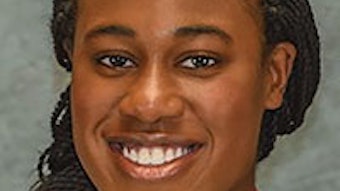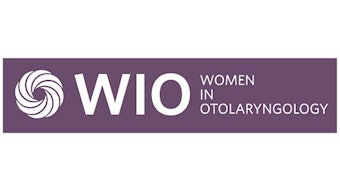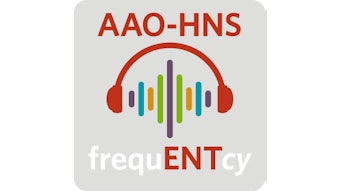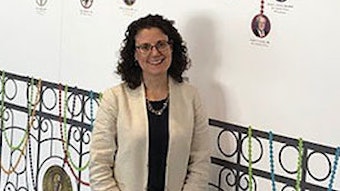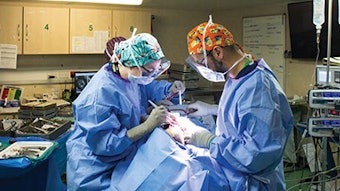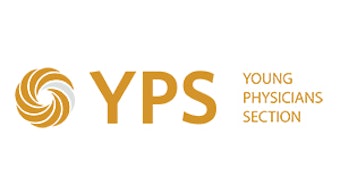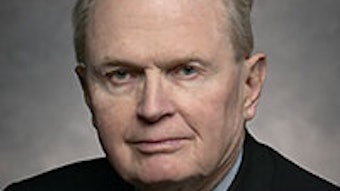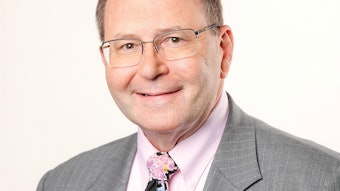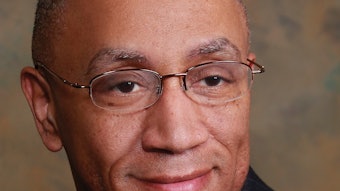Transition to in-office treatments: Awake ear tube placement
As the largest association representing otolaryngologist-head and neck surgeons in the United States, it is important for the AAO-HNS to stay abreast of medical device innovation. As an organization, we must work to understand whether medical device industry products are both efficacious and safe for patients.
In July 2019, the Academy released a new Position Statement on awake ear tube placement performed in the clinic setting. This article serves to explain the rationale behind the creation of that statement.
By Rahul K. Shah, MD, MBA, and Manan Shah, MD
“As clinicians, we must strive to put our patients first while also encouraging innovation that could lead to better outcomes and advance our field. The Academy plays a role in this innovation by creating Position Statements to help guide practice and advise regulatory bodies.”
As the largest association representing otolaryngologist-head and neck surgeons in the United States, it is important for the AAO-HNS to stay abreast of medical device innovation. As an organization, we must work to understand whether medical device industry products are both efficacious and safe for patients. When they are, we want to ensure that clinicians receive adequate reimbursement to allow for the broadest reach to our patients as possible and necessary.
In the spring of 2019, the U.S. Food and Drug Administration solicited input from the Academy regarding novel medical devices that allow for the placement of ear tubes in pediatric and adult patients while awake. In response, the Academy produced a Position Statement on whether such devices and procedures are appropriate for patient care. The statement reflected a collaborative effort from AAO-HNS members and multiple Academy committees (the Hearing, Pediatric Otolaryngology, and Ethics Committees as well as the Physician Payment Policy [3P] Workgroup) along with input from appropriate specialty societies, assessing the evidence and potential for both this type of technology and this type of procedure. The committee members tasked with creating the Position Statement did not aim to support or oppose any specific device, but rather to determine whether innovation in this space is appropriate for our patients based on existing evidence.
The full Position Statement, which was also endorsed by the American Neurotology Society, the American Otological Society, and the American Society of Pediatric Otolaryngology, is in the box below. In short, the Academy concluded that the appropriateness of a specific procedure should be based on clinical judgment and shared decision-making between a clinician and a patient, and not based on the site of service where the procedure is performed. A Position Statement is not intended to weigh the risks and benefits of a particular medical device innovation; that is the role of research and the regulatory agencies.
As clinicians, we must strive to put our patients first while also encouraging innovation that could lead to better outcomes and advance our field. The Academy plays a role in this innovation by creating Position Statements to help guide practice and advise regulatory bodies. Additionally, reimbursement for new technology by payers is often impacted by statements from relevant professional societies. By addressing new technologies, the Academy gives a voice to the physicians who will ultimately use the devices, allowing clinicians an opportunity to influence the future of our specialty. Evaluation of medical device innovation is a critical activity of the AAO-HNS and its relevant committees and volunteer physician leaders. These Academy reviews enable clinician choice, while also keeping patient safety foremost in mind.
AAO-HNS POSITION STATEMENT
In-Office Placement of Tubes in Pediatric Patients While Awake
The position of the AAO-HNS is that tympanostomy tubes are safe and effective for managing otitis media in children who meet current guidelines for tube insertion [Rosenfeld 2013]. Although insertion of tympanostomy tubes in children is generally accomplished in the operating room under general anesthesia, insertion in the clinic in appropriately selected patients using shared decision-making between clinicians and families can be appropriate.
Adopted 7/9/19
The supporting research for this Position Statement, can be found at https://www.entnet.org/content/placement-tubes-pediatric-patients-while-awake.
